So I guess there's no putting it off. I should discuss the planets shown in Star Wars: The Force Awakens.
If you're looking for my thoughts about the film itself, look elsewhere because there's not a lot I can say that hasn't been said elsewhere a dozen times over. Suffice it to say I think it was great, well above the Clone Wars trilogy and roughly on par with the Empire trilogy (that's what I'm calling them; I want something better than "prequel trilogy" and "original trilogy" that can also be adapted to encompass standalone films and TV shows). I can see why some think it parallels A New Hope too strongly but honestly I think those parallels are too superficial to be a criticism; the characters and their development differ quite a bit from what we saw in the original film, and one of the few things many praise about Lucas's films is his use of a "poetic" structure. The Phantom Menace had about as much in common with A New Hope as The Force Awakens does, and everyone criticized that movie for not being enough like the original.
Anyway, planets:

From top to bottom: Jakku, Takodana, Hosnian Prime, D'Qar, Starkiller Base. Not pictured: Ahch-To
In light of what we got compared to what I predicted over a year ago, I'm not as disappointed as you might expect. We certainly didn't get the exotic ecosystems of the Clone Wars era, but that's not to say the planets we see are bad. The producers are just more concerned with serving the plot than with eye candy.
We start with Jakku, also known as "I-Can't-Believe-It's-Not-Tatooine!" Like its more famous cinematic predecessor, Jakku is definitely shown to have some stunted plantlife, so we're not left scratching our heads regarding how anybody can breathe there. However, Jakku manages to distinguish itself from Tatooine with its fields of Return of the Jedi-era battle wreckage. The harsh environment of this planet exists to demonstrate our protagonist's credentials: Rey is capable of surviving on her own and defending herself, and can do so indefinitely, day after day, rather than in short bursts of heroism.
So we have here a lone wanderer, who may also be the chosen one, making a living in a barren environment scarred by wreckage of a titanic and cataclysmic war, where the economy is based almost entirely of scavenging. I wonder if Daisy Ridley has ever played Fallout.
After leaving Jakku, our heroes eventually reach Takodana, a verdant planet that astounds Rey, who "had no idea there was this much green in the whole galaxy." Not much to say about it other than the fact that from space, there don't seem to be any discernable continents; just a lot of lakes spread evenly around the surface. I'm not seeing any polar caps either, so perhaps the atmosphere is really thick to evenly distribute heat?
We see Hosnian Prime briefly before its destruction, along with what I'm assuming are either its moons or neighboring planets. Can't comment on it other than it appears to be an urban planet - though unlike Coruscant, its oceans are still intact.
After that, we see D'Qar, another green planet but one with really impressive rings, casting a noticeable shadow on the planet. Nicely done.
Then there's Starkiller Base itself, aka Death Star 3.0. A planet converted into a mobile planet-killing superweapon that eats stars as a fuel source. The original name of this planet is currently unknown.
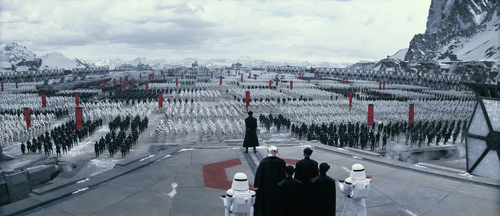 |
| Perhaps something like "Ar'jjen'teenah"? |
Lastly, there's Ahch-To, where Luke Skywalker has gone into self-imposed exile. We only know the planet's name from the script, which apparently was submitted recently for consideration for the WGA awards. Appears from space to be oceanic, with only a few islands, which seem more temperate than tropical (the scenes were filmed at Skellig Michael).
So with 6 planets depicted (more if you count Hosnian Prime's moons / neighbor planets), we really don't see a lot of environmental variety. Barring Jakku, all the planets either are relatively Earthlike or once were. But I think that actually works to this film's advantage. Despite their similarities, all the planets look distinctive from each other as seen from space; recall what I said about the Twelve Colonies of Kobol all being Earthlike yet still distinct from one another. That's happening here, and it works. It makes sense that most action would take place on Earthlike planets because that's where people (human and otherwise) probably want to be. This approach is a good balance between "every planet in the galaxy looks like Vancouver" and "let's go through the checklist of biomes like we're making a new Mario game." All in all, I'm impressed. Well done, Lucasfilm. The Force is with you.
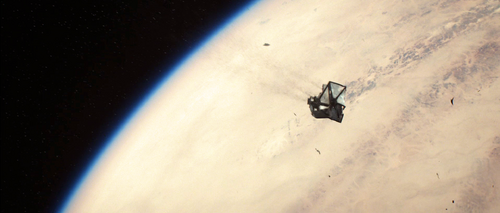
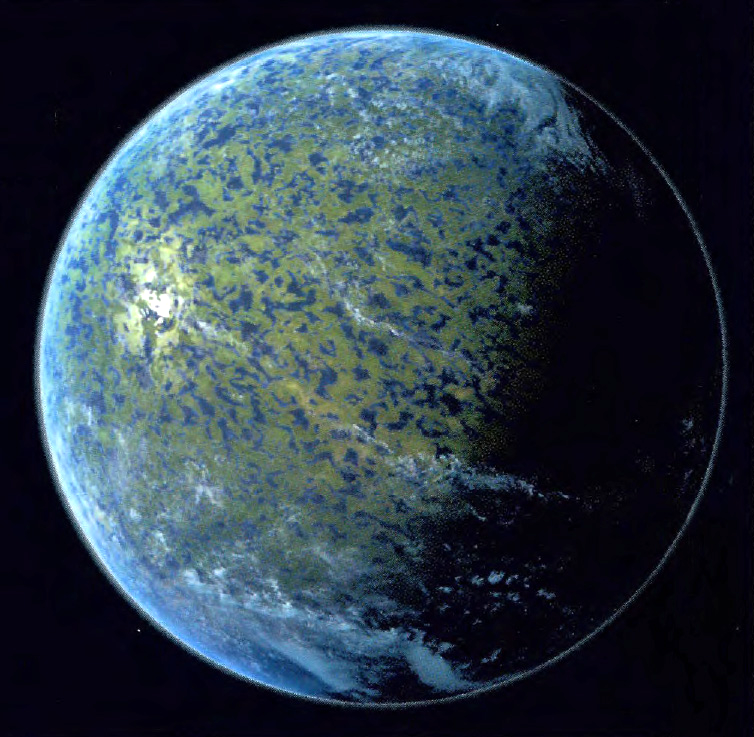
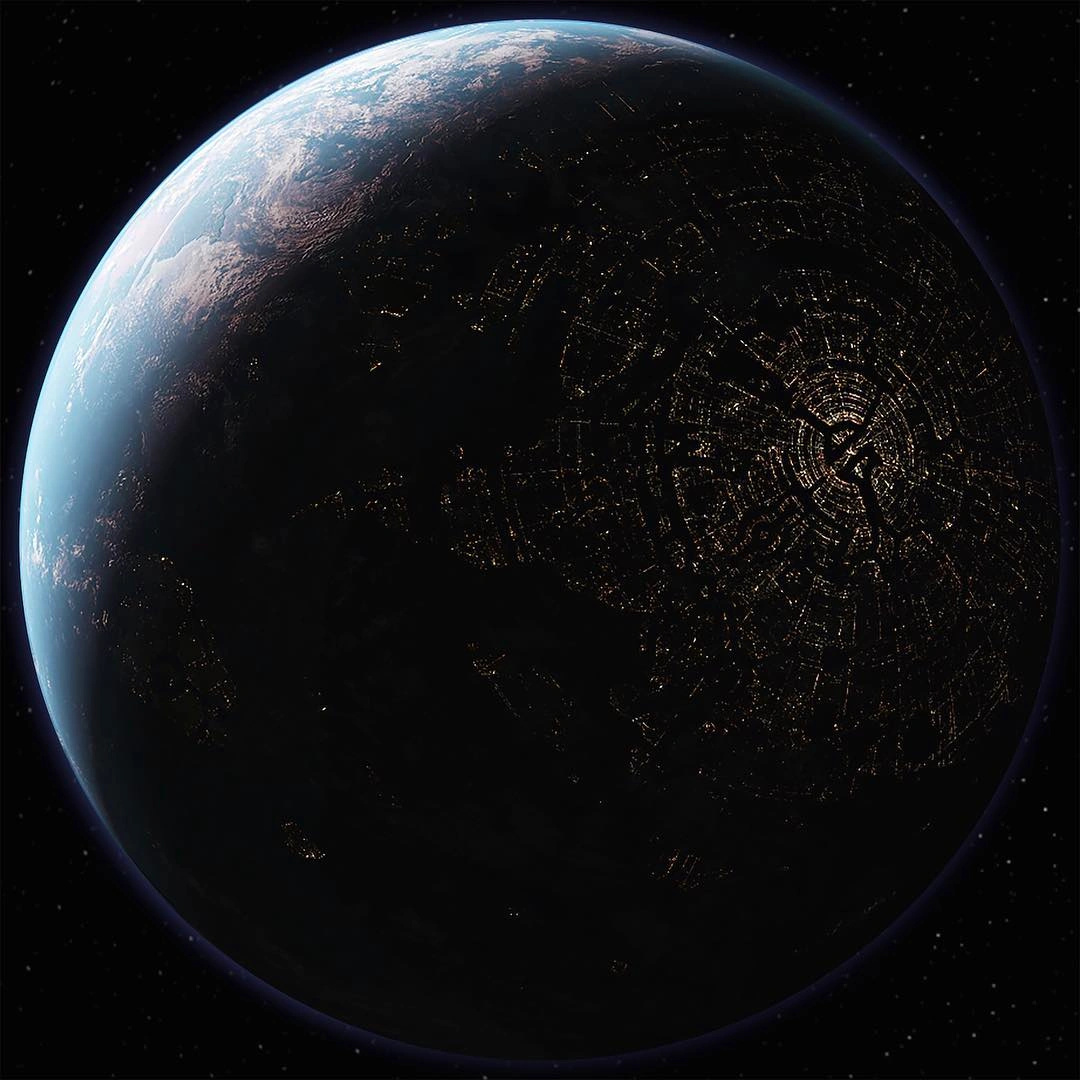
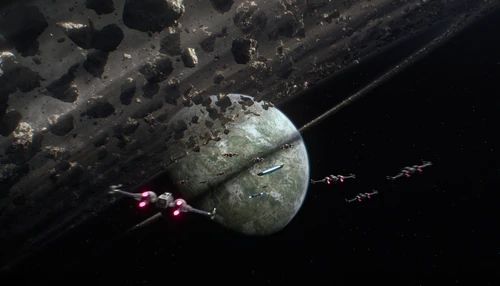
No comments:
Post a Comment